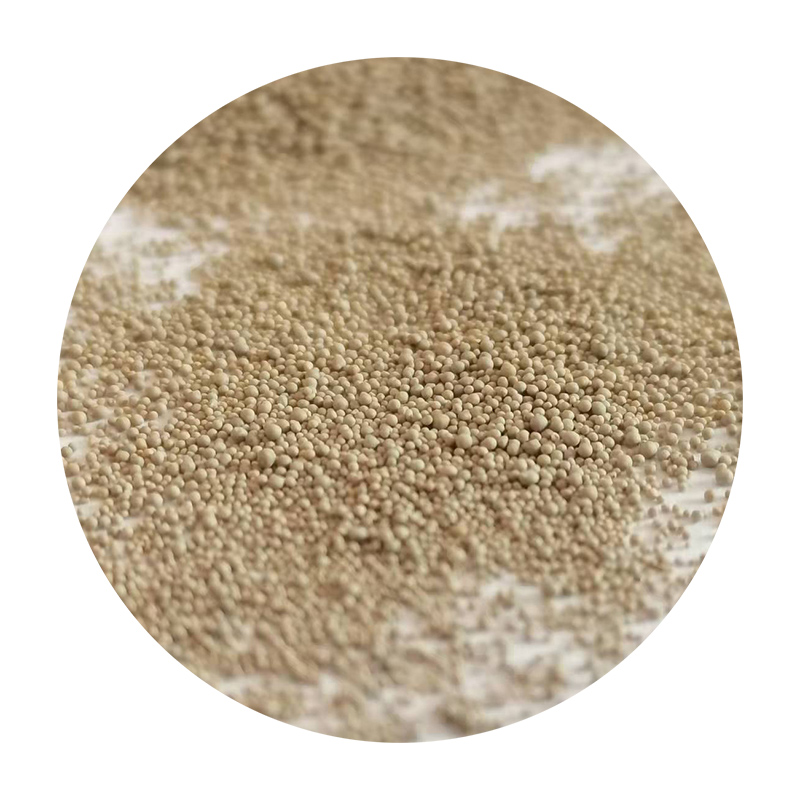Applications of Sand Casting
Sand casting, one of the oldest and most versatile metal casting processes, is widely used across various industries due to its adaptability and cost-effectiveness. This traditional technique involves creating a mold from a mixture of sand, clay, and water, into which molten metal is poured to form the final product. The applications of sand casting span multiple sectors, including automotive, aerospace, and art, showcasing its importance in modern manufacturing.
Automotive Industry
The automotive industry heavily relies on sand casting for the production of complex engine components such as cylinder heads, engine blocks, and transmission cases. Sand casting is advantageous in this field due to its capability to produce large and intricate shapes that would be challenging or even impossible with other casting methods. Additionally, the process allows for economical production runs, making it feasible for both small parts and large volumes. As the automotive industry increasingly embraces lightweight materials for efficiency and performance, sand casting remains a viable method for incorporating advanced alloys into vehicle designs.
Aerospace Applications
In aerospace engineering, sand casting is utilized for creating components that require high strength-to-weight ratios. Parts such as turbine housings and structural elements benefit from the process's ability to maintain dimensional accuracy and produce complex geometries. The flexibility of sand casting enables engineers to experiment with different materials and designs without incurring prohibitive costs. Moreover, the aerospace sector often utilizes sand casting for prototyping, where swift turnarounds are essential for testing new designs before mass production.
applications of sand casting

Industrial Equipment
The industrial equipment sector also takes advantage of sand casting for manufacturing heavy-duty components like pump housings, valve bodies, and machinery parts. The durability and resistance to wear of cast parts make them ideal for high-impact applications. Moreover, the ability to use a wide range of metallic alloys allows manufacturers to customize properties for specific environments, enhancing performance and longevity in demanding conditions.
Artistic Applications
Beyond industrial uses, sand casting has found a niche in the art world. Artists and sculptors often employ sand casting to produce intricate sculptures and decorative pieces. The process allows for substantial creativity, as it can capture fine details and surface textures that bring artistic visions to life. Additionally, sand casting can be employed for creating custom jewelry and unique artifacts, further highlighting its versatility beyond conventional manufacturing.
Conclusion
In conclusion, sand casting remains a fundamental process in various industries due to its versatility, cost-effectiveness, and ability to produce complex geometries. From automotive components to aerospace engineering and artistic creations, the applications of sand casting span a wide range of fields, demonstrating its enduring significance in modern manufacturing. As technology progresses, innovations in sand casting techniques will likely enhance its capabilities, ensuring that it continues to play a crucial role in the production of both functional and artistic metal objects.
Post time:Νοέ . 05, 2024 23:03
Next:Manufacturing Techniques for Resin-Coated Sand Production and Application
